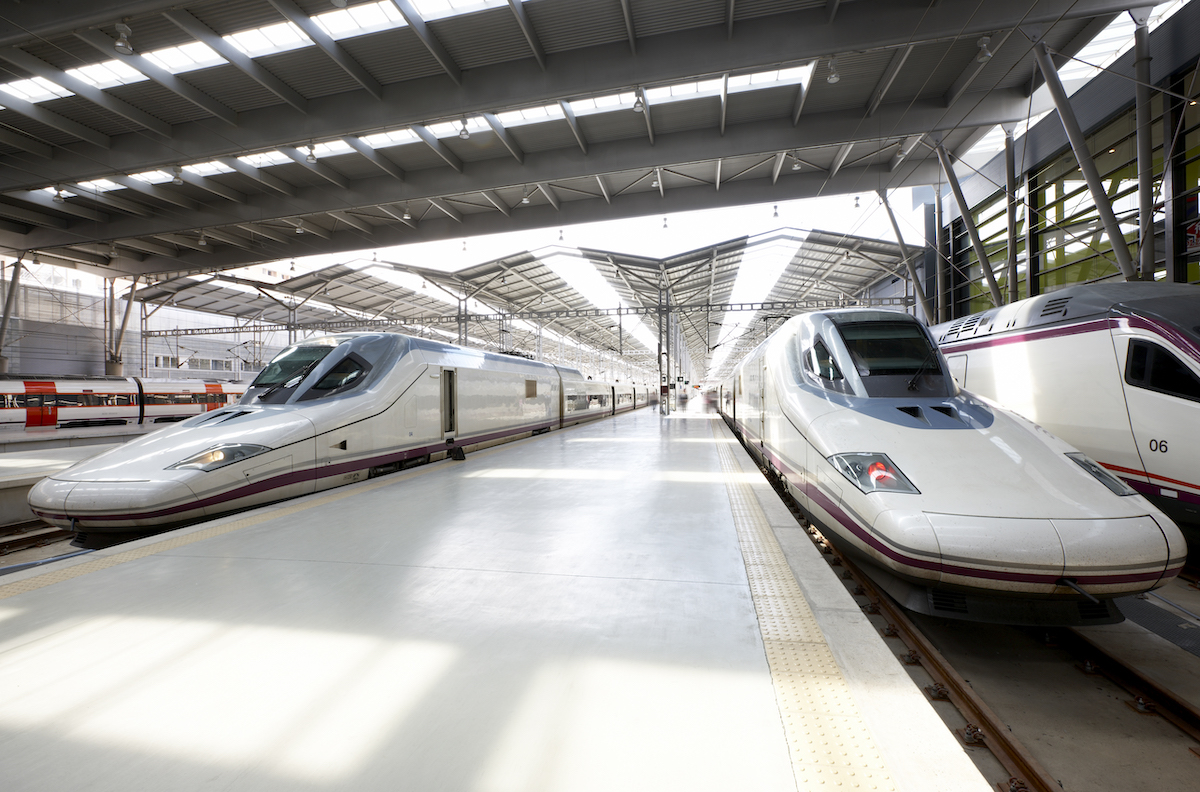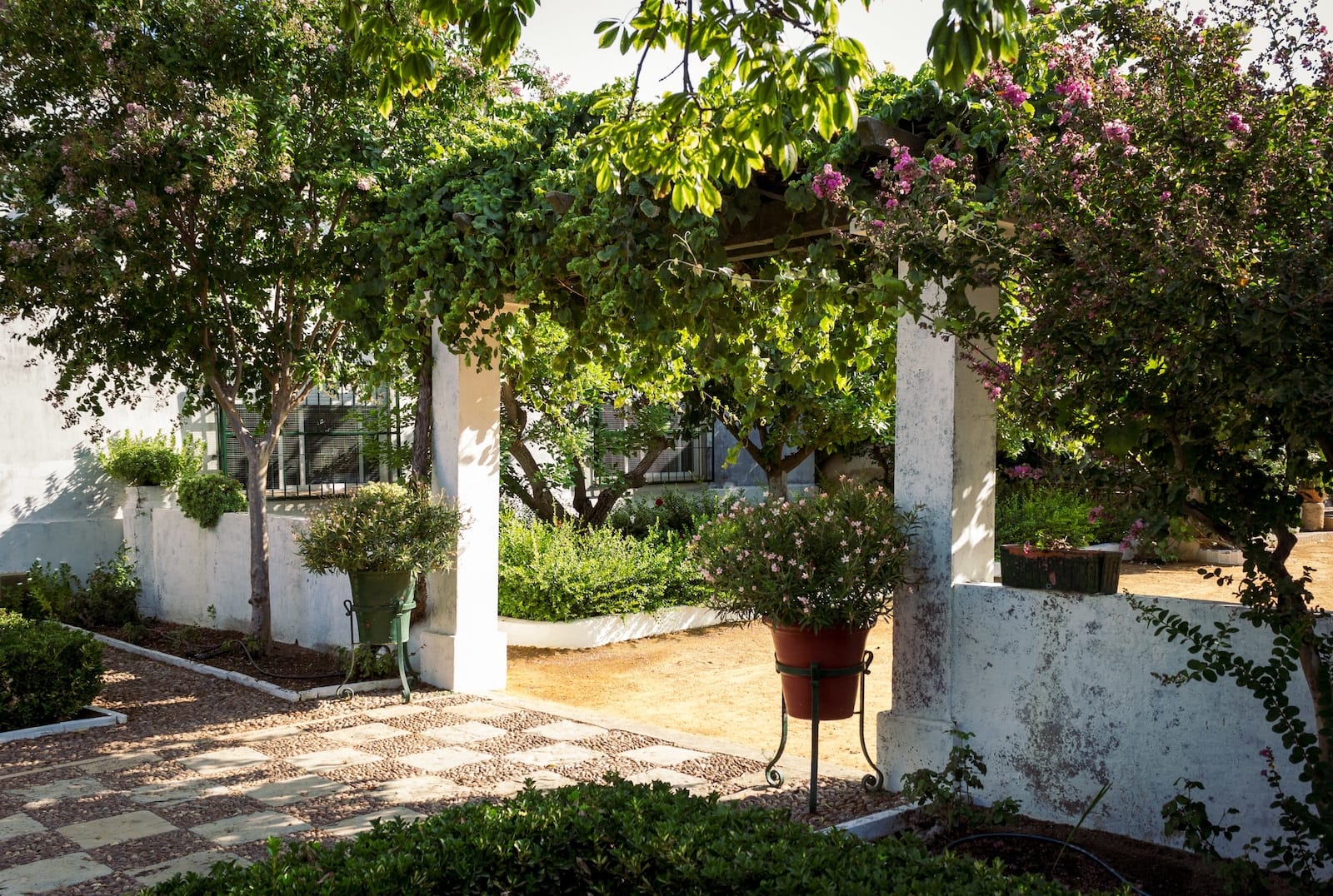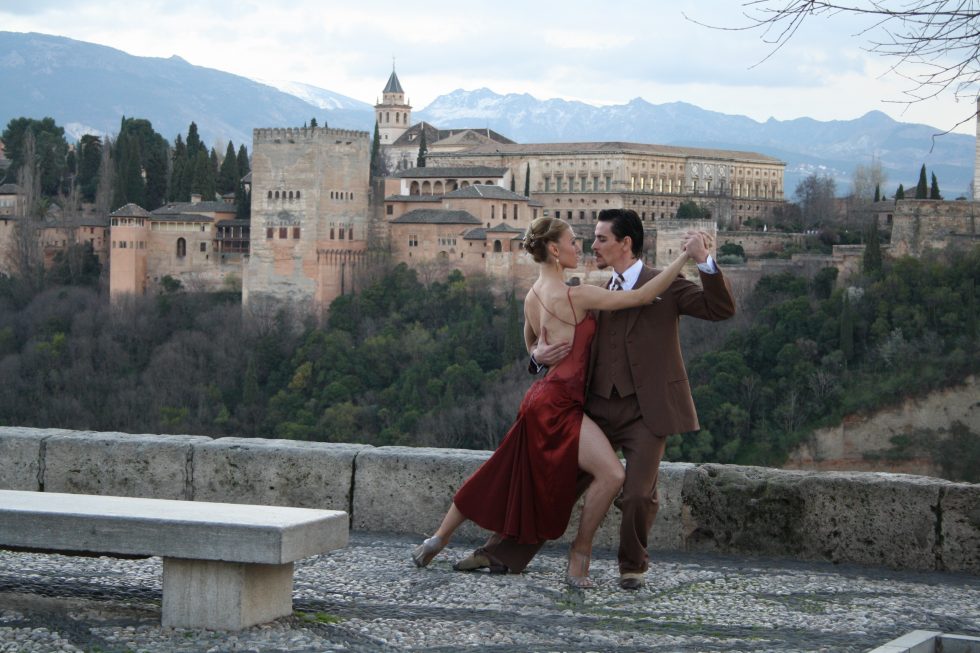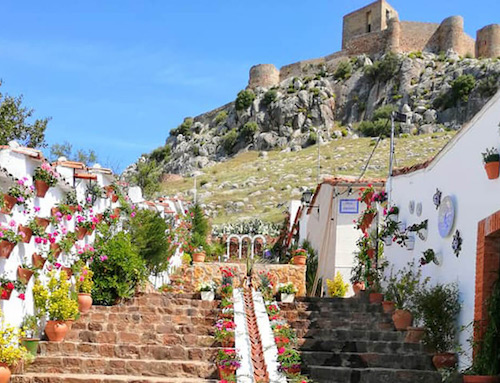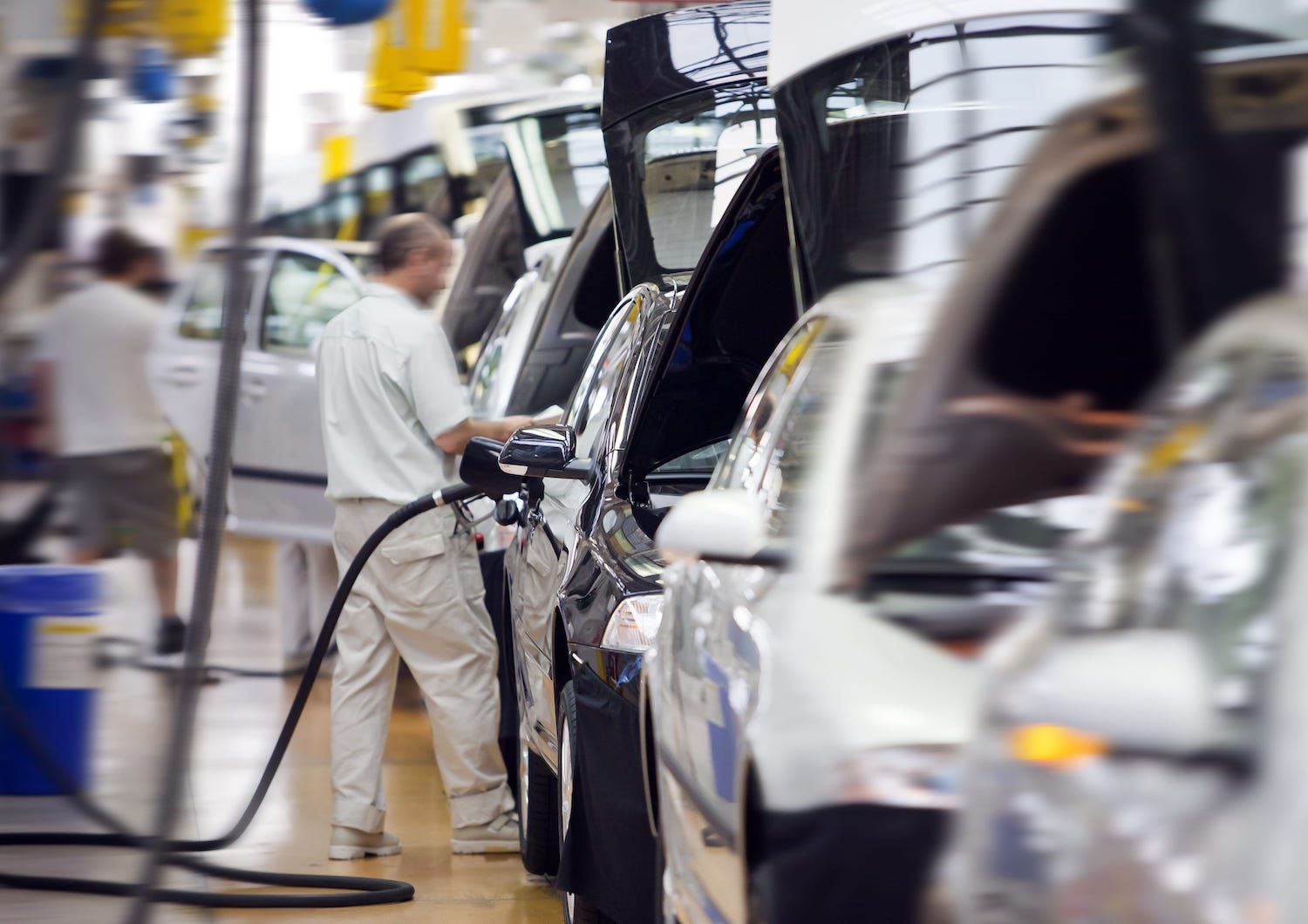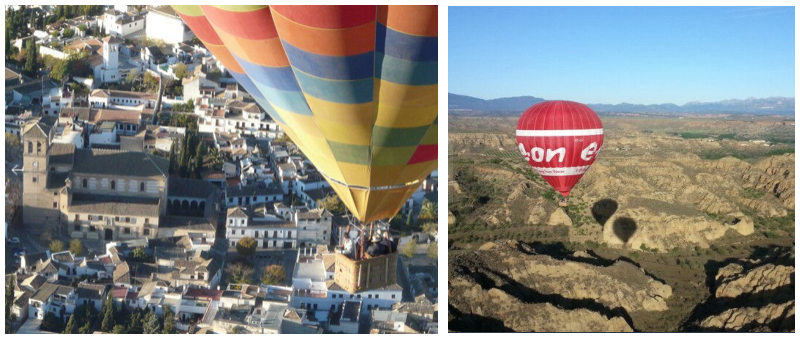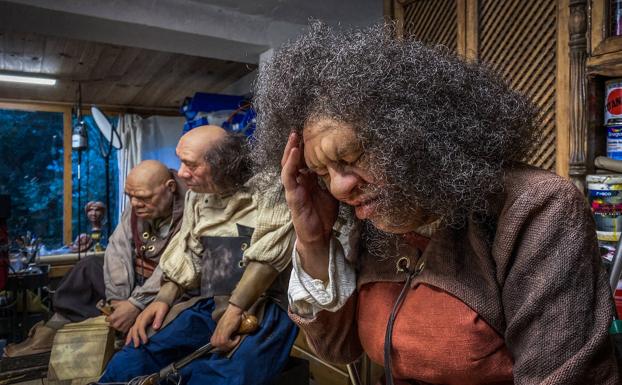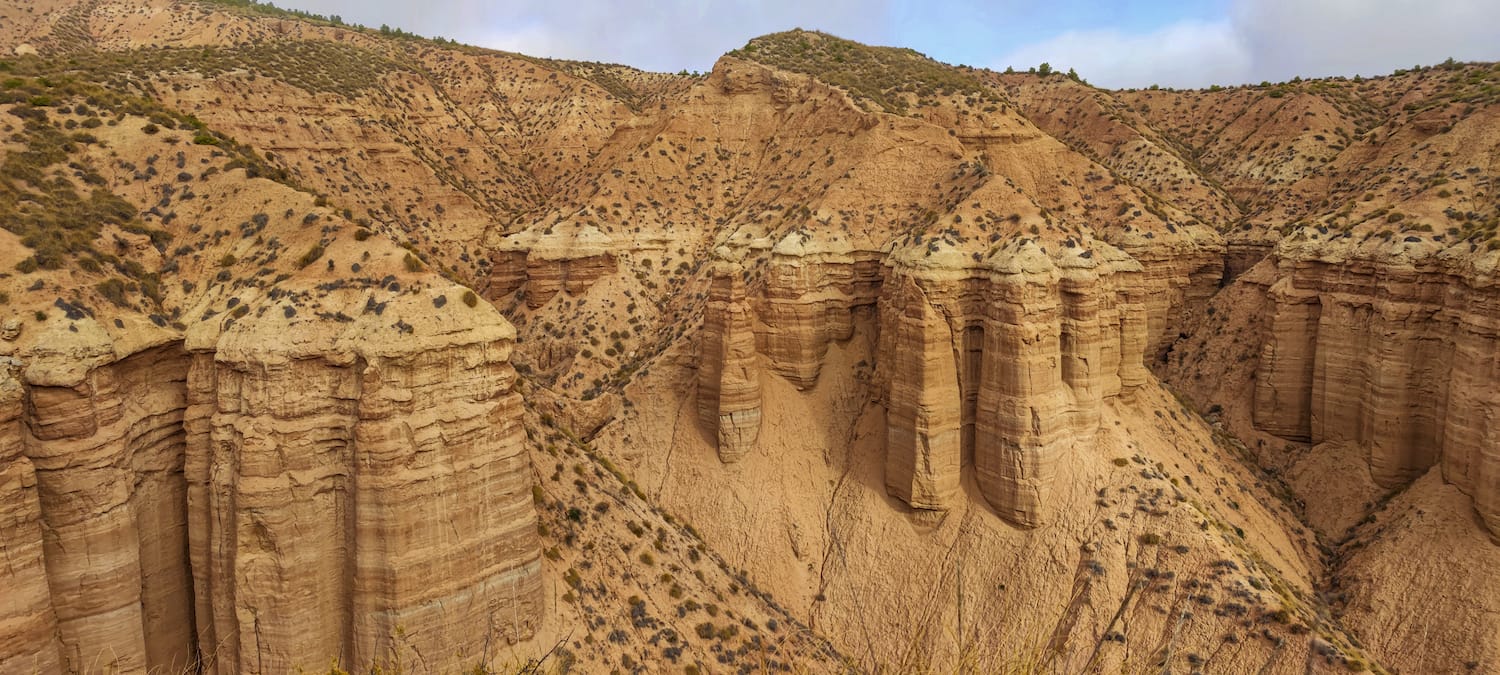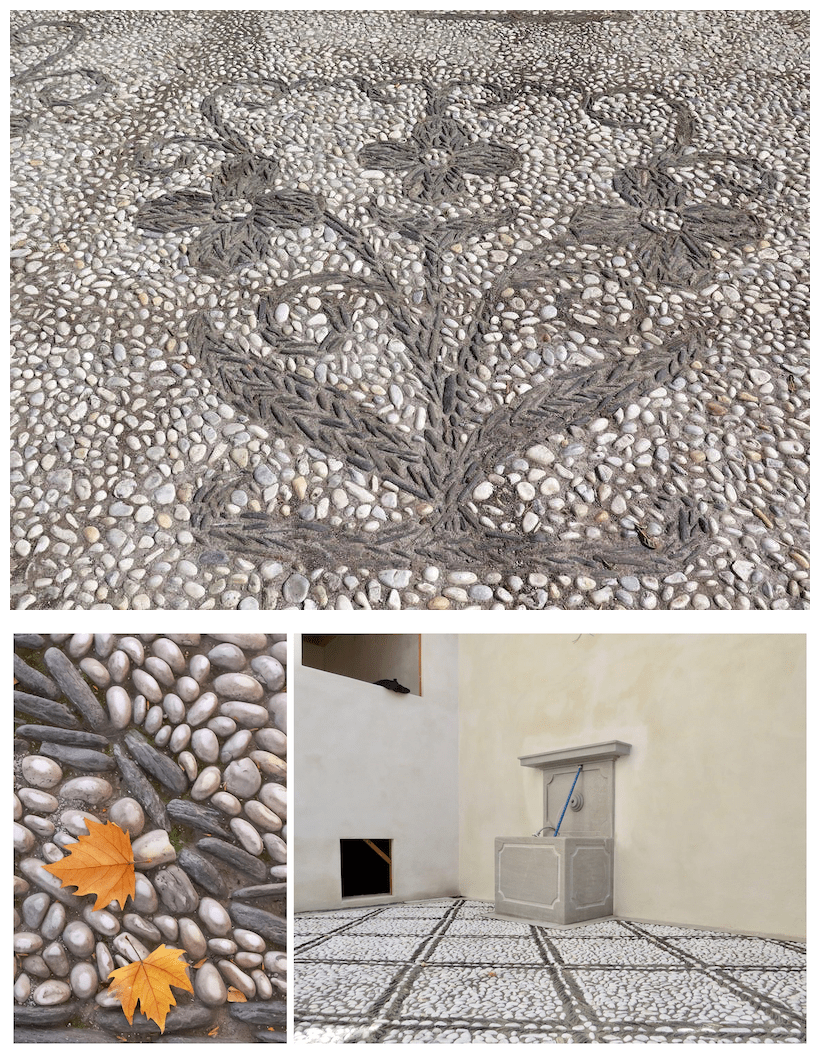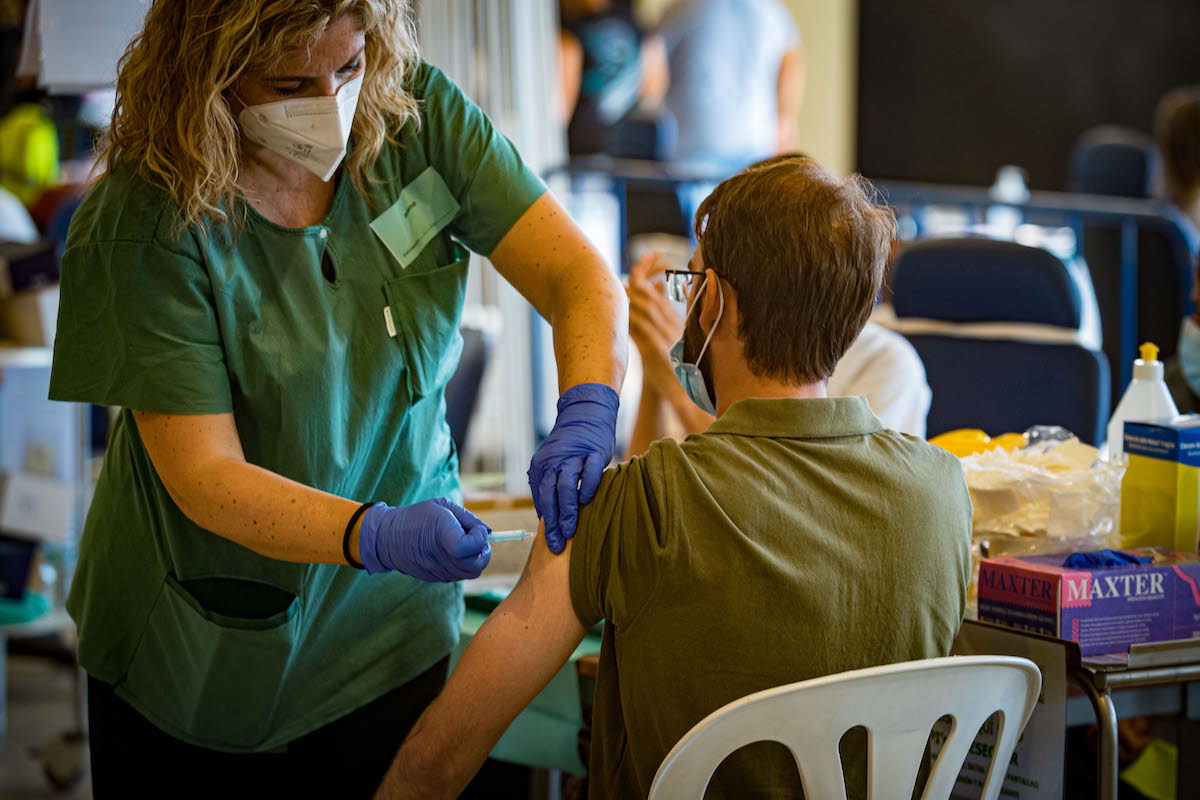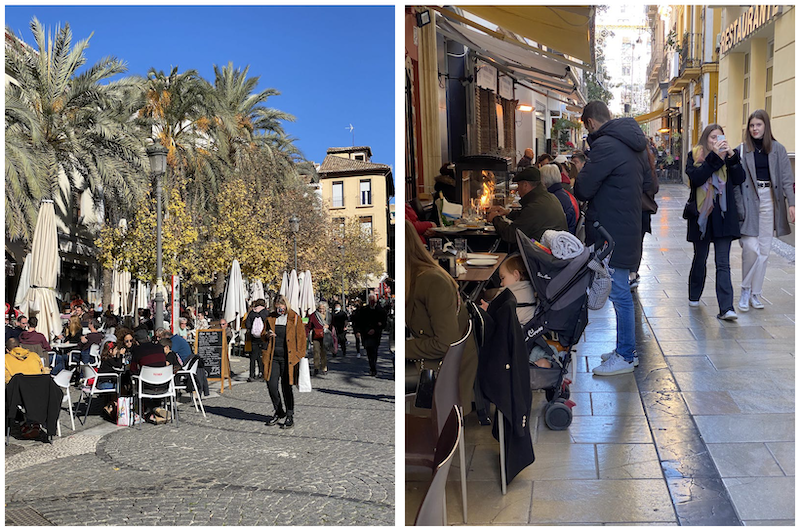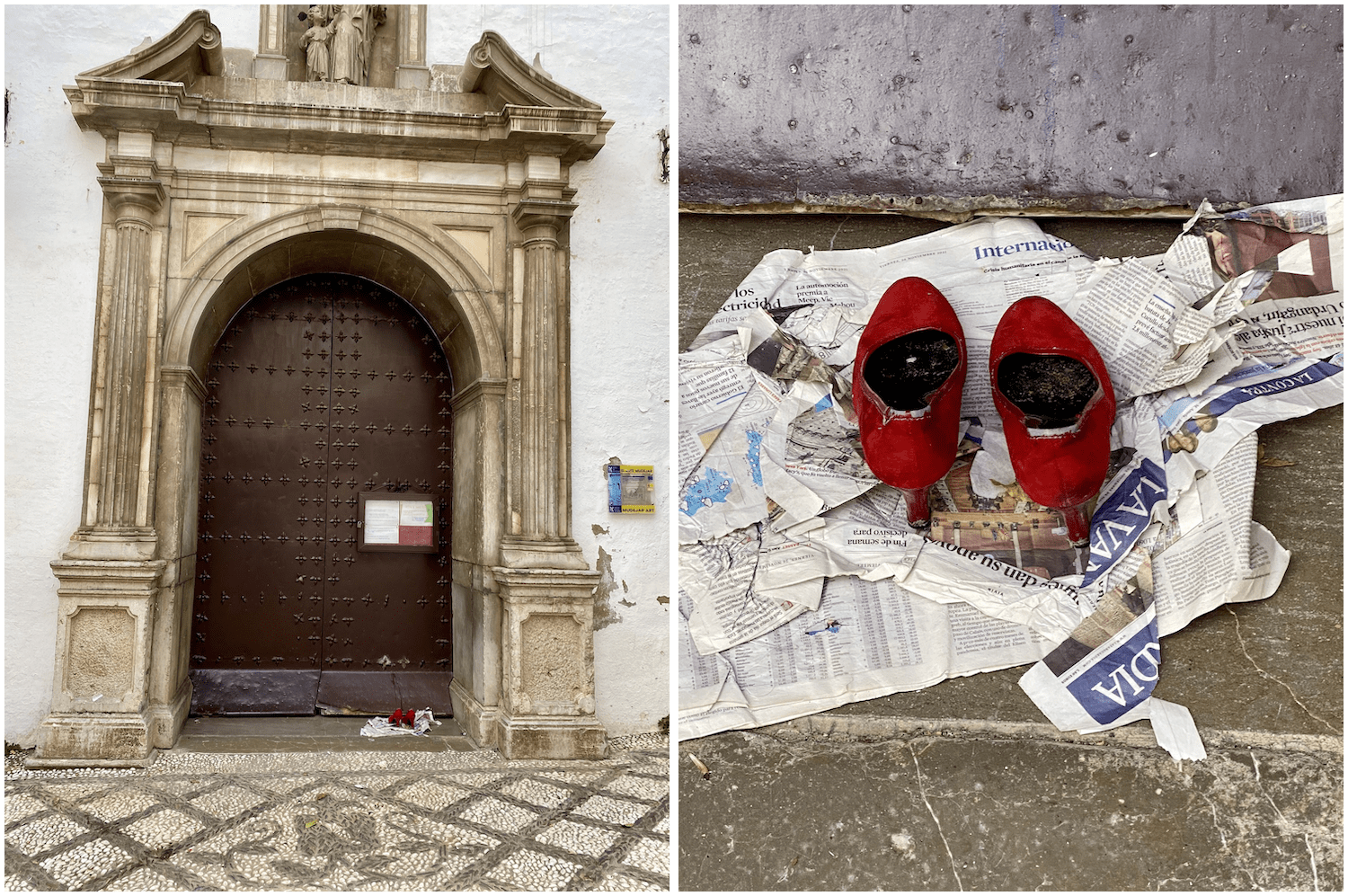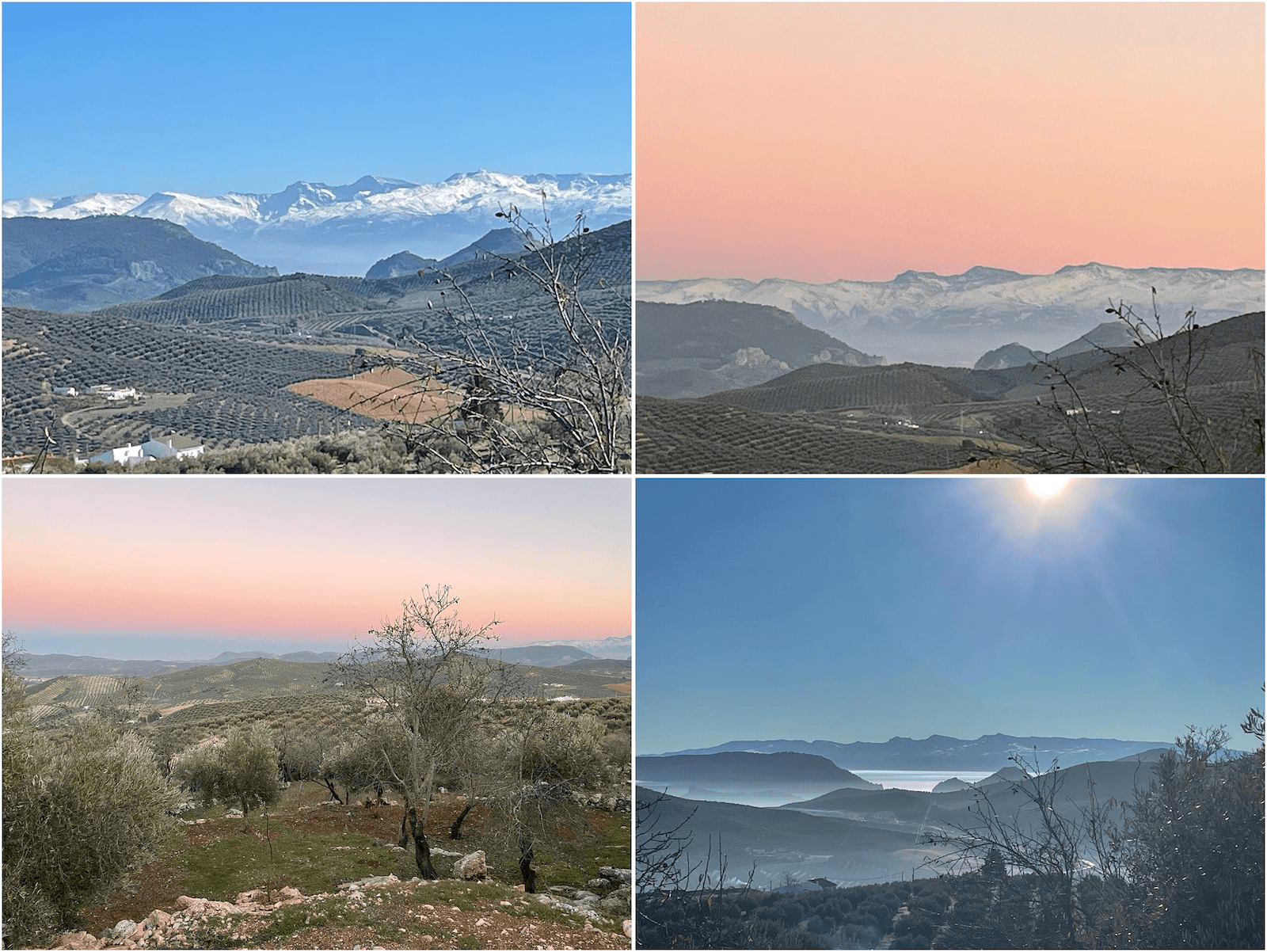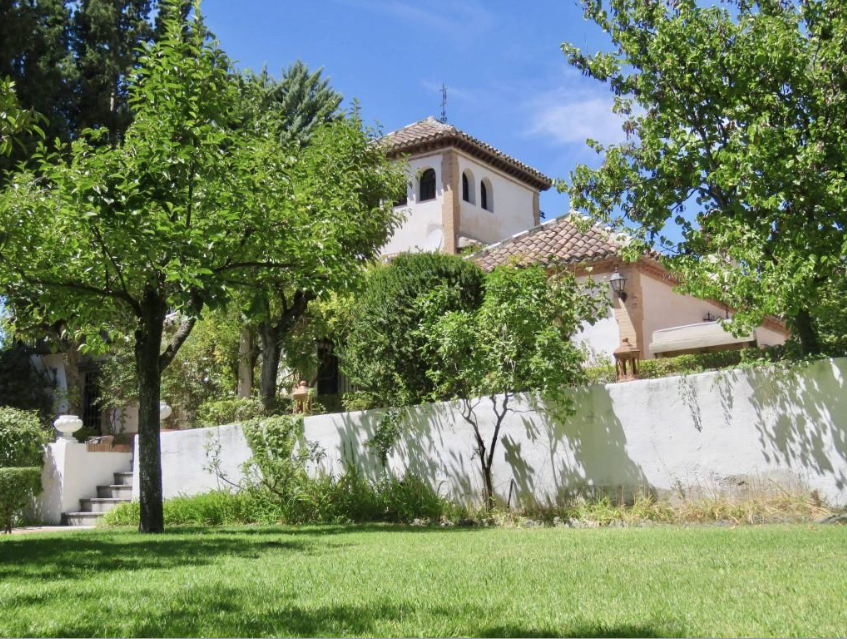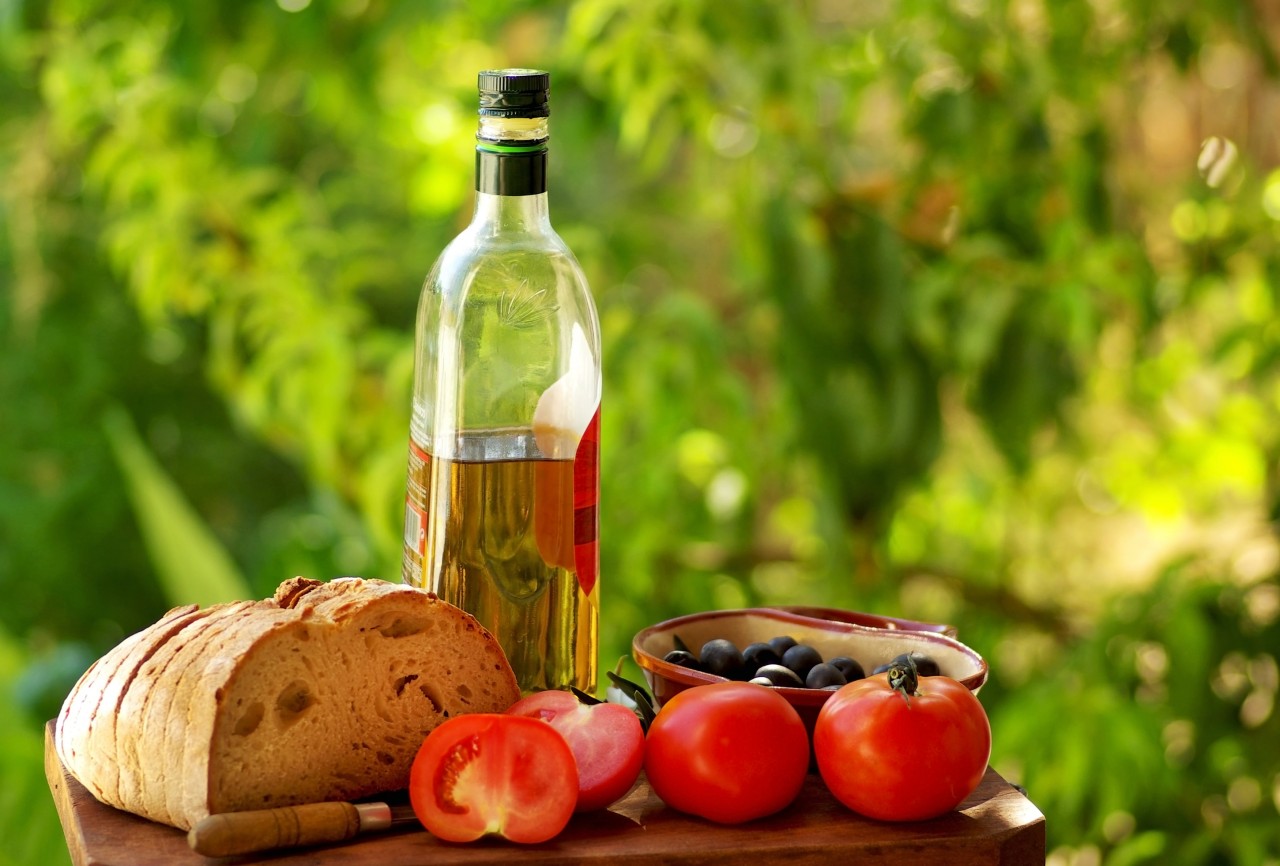According to recent press reports, by December 23, 202, 85% of the population of Granada province, excluding the under 5's and the 5 - 11 age group whose vaccination programme started in early December, have now received a double dose of vaccine.
Interestingly, since December 10, 2021 when the Junta de Andalucia announced that a double vaccine passport would be required for entry into bars, restaurants and other indoor events, 7.300 more people have received a first vaccination. Far more effective than compulsory vaccination, which is controversial and risks resistance, is to restrict entry to the pub! There has been little negative public reaction to the measure.
The lack of public resistance to vaccination, together with the continued compulsory wearing of masks in any indoor situation, has so far prevented Spain's health system from suffering an overload to the same degree as many other countries. Although mask wearing in the street has not been obligatory since July 2021, anecdotally around 80% of people in the cities have continued to do so. And, although outdoor sporting events have taken place without restriction in numbers, it has been compulsory to wear a mask throughout the game.
The Ministry of Health announced today, December 29, 2021, a reduction of the period of isolation for those who have been in contact with a person who has tested positive, from 10 days to 7 days. There is pressure from the autonomous regions to reduce this to 5 days as, nationwide, 90% of all Spanish residents have now been double vaccinated and 80% of those over 80 have received a booster dose. Currently anyone over 58 can receive a booster, often at walk-in clinics with no appointment necessary.
As of today's date, nationally 1 in every 12 hospital beds is occupied with a covid patient. Here in Andalucia it is 1 in every 16.




